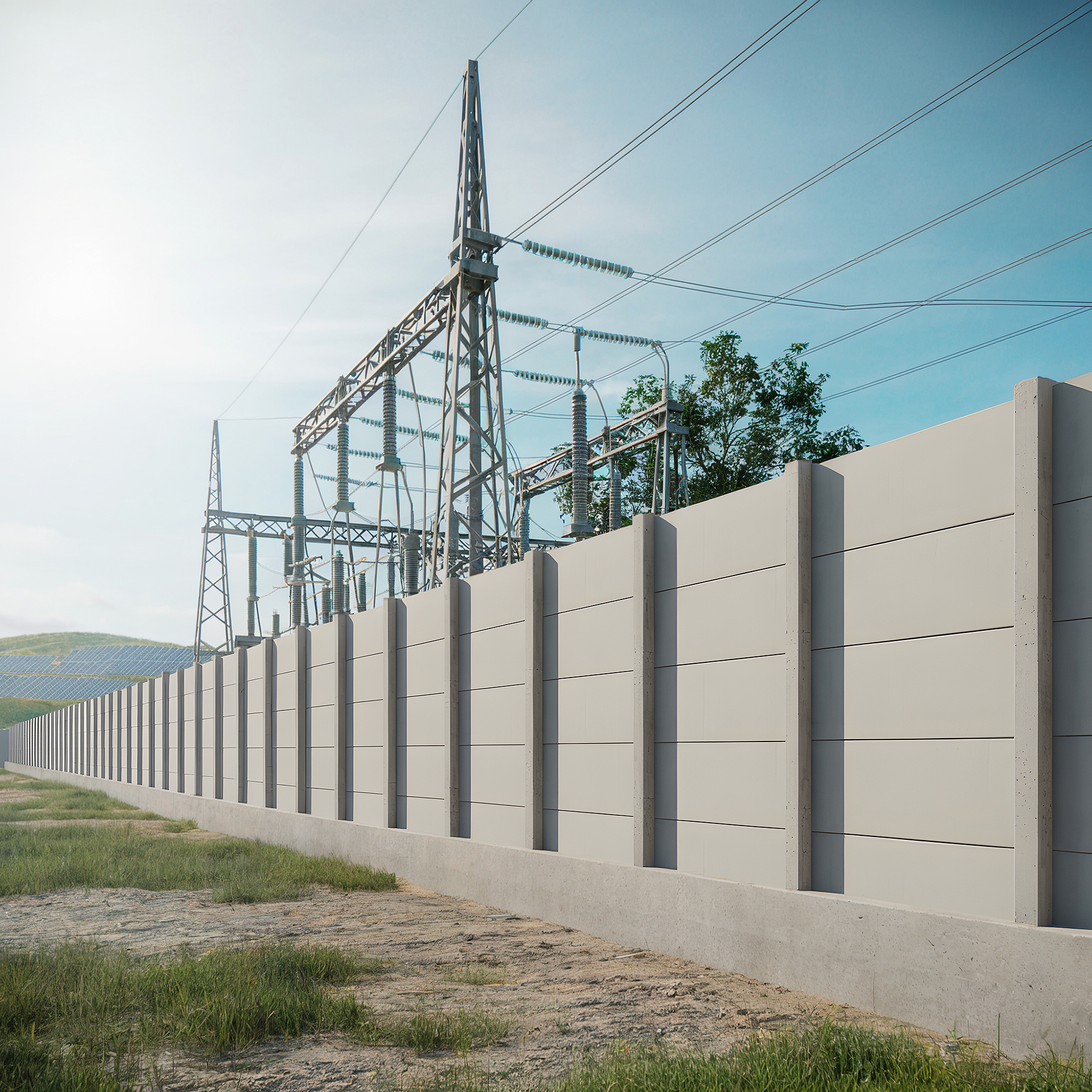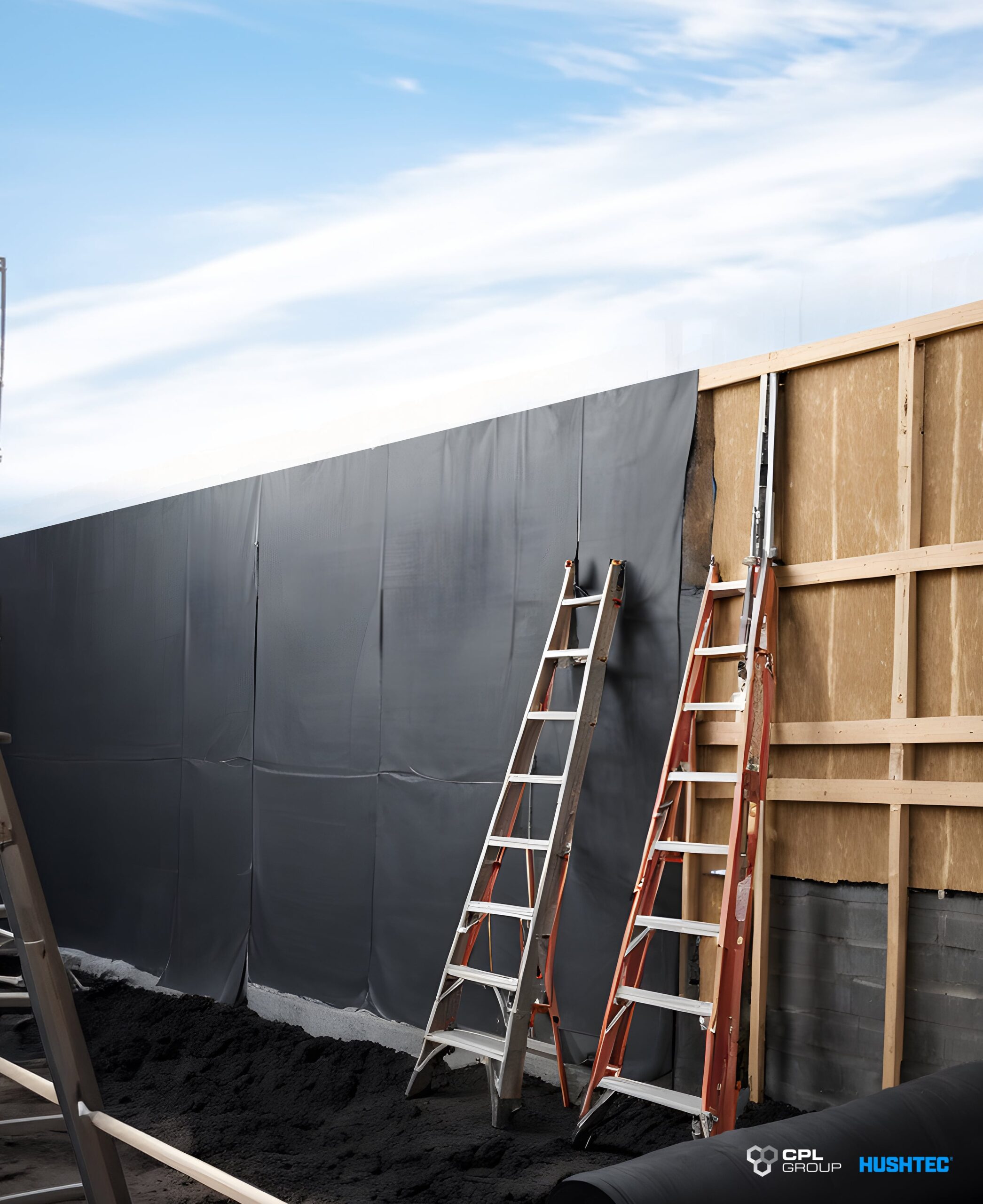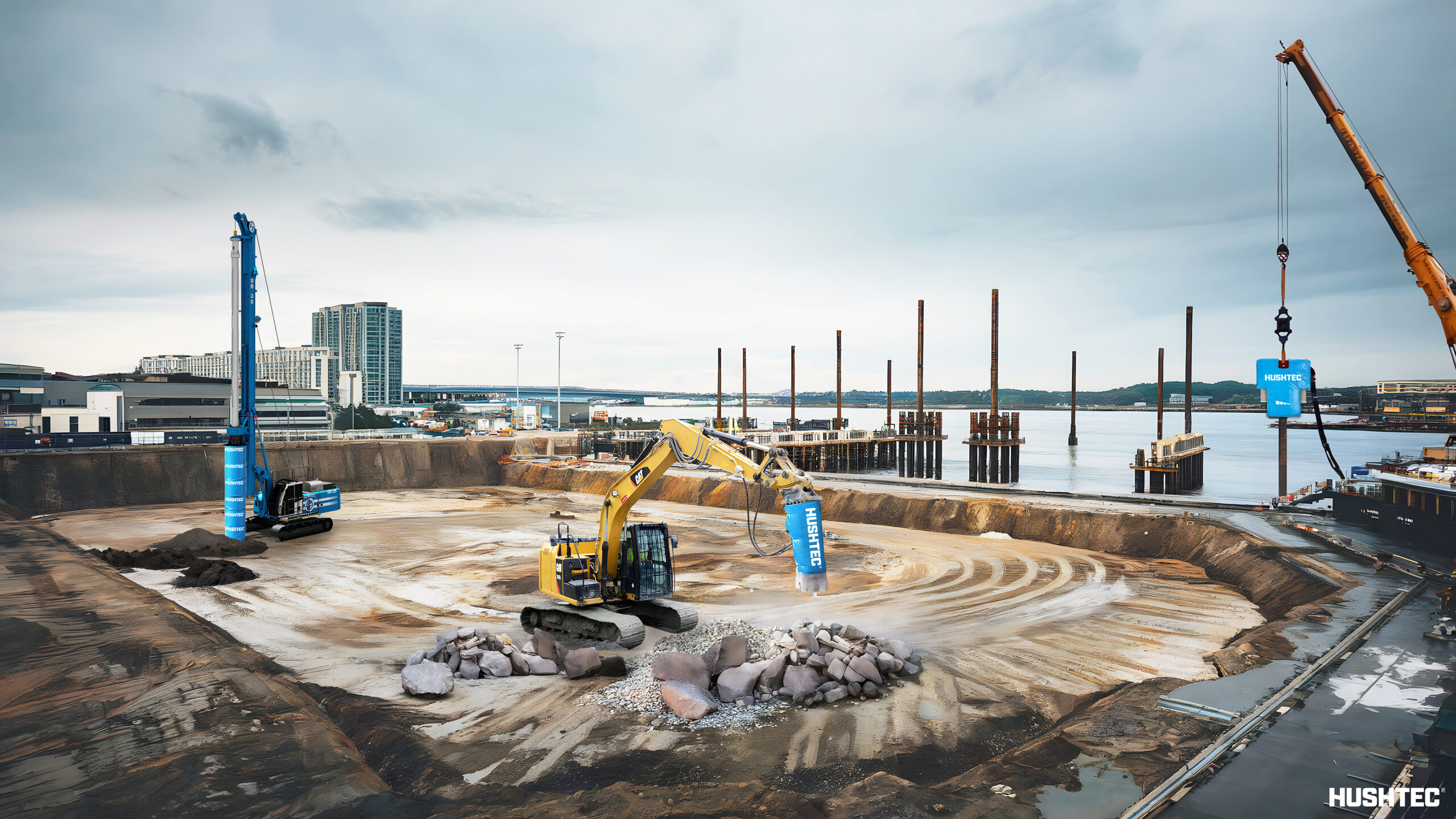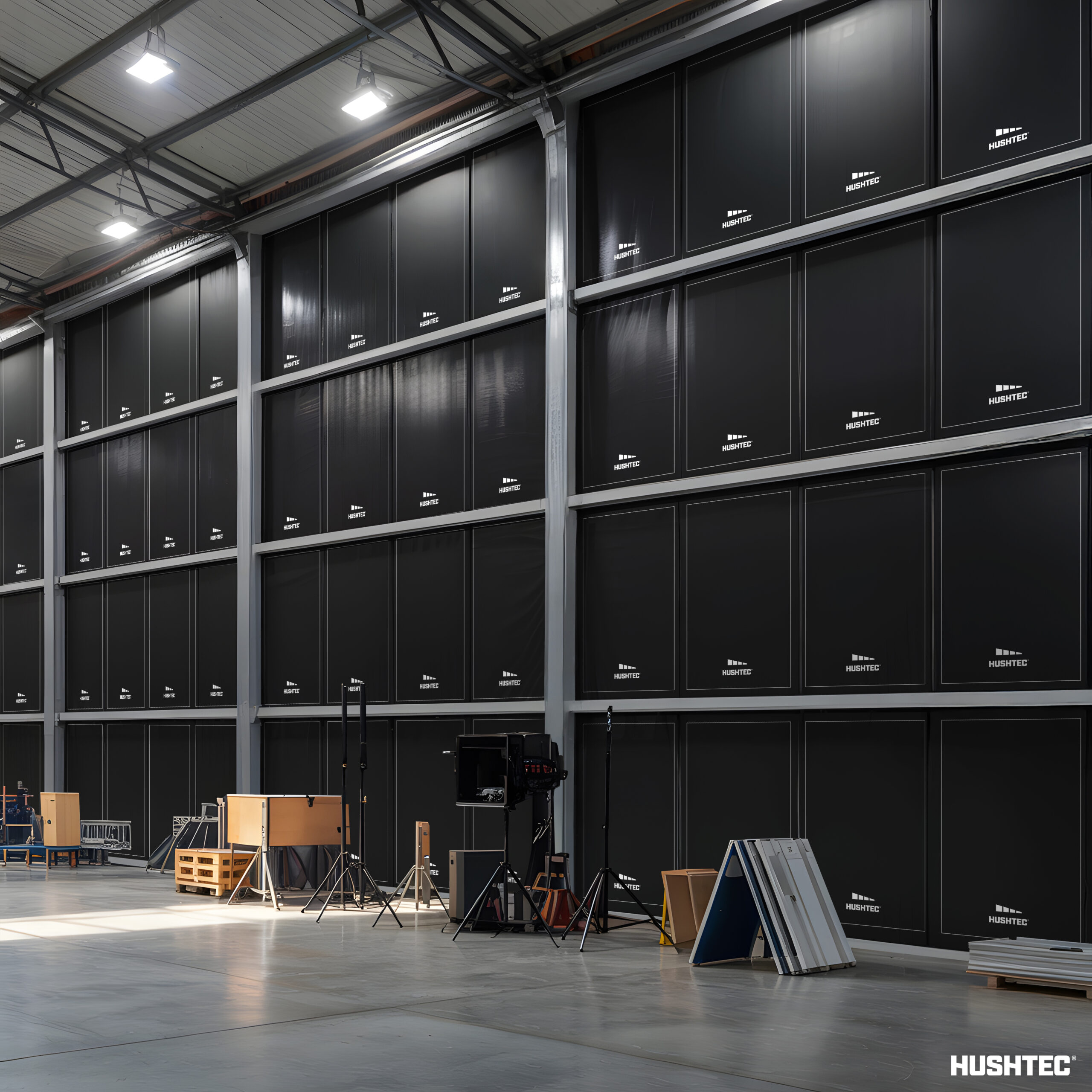
Navigating Challenges in Infrastructure and Urban Development: Noise, Dust, and Debris Management

Infrastructure and urban development projects are pivotal in shaping modern cities, but they come with their own set of challenges, particularly concerning noise, dust, and debris. These issues not only affect the immediate work environment but also have broader implications for surrounding communities and ecosystems. This blog post explores these challenges in detail, providing practical solutions that align with regulatory compliance standards to ensure sustainable and responsible development.
Managing Noise in Urban Development
The Noise Challenge
Urban development projects often generate significant noise due to heavy machinery and continuous operations. This noise can disrupt local communities and adversely affect workers’ health.
Solutions for Noise Management
To mitigate noise pollution effectively:
- Soundproof Barriers: Install temporary soundproof barriers around construction sites to minimize noise escape.
- Equipment Upgrades: Use modern machinery designed to operate quietly and maintain equipment regularly to prevent excessive noise.
- Operational Timing: Schedule noisy operations during non-peak hours to reduce community disturbance.
- Hearing Protection: Equip workers with appropriate PPE, such as noise-canceling headphones or earplugs.
- Compliance References: Follow local noise ordinances and OSHA guidelines to ensure compliance and community harmony.
Controlling Dust in Infrastructure Projects
Dust as a Challenge
Dust generated from construction can lead to respiratory issues, environmental degradation, and visibility problems, making it essential to control effectively.
Dust Control Strategies
Implement these strategies to manage dust effectively:
- Watering Systems: Utilize watering systems to keep dust suppression at optimal levels, especially during dry and windy conditions.
- Vegetative Cover: Plant temporary vegetation to stabilize soil and reduce dust generation.
- Dust Monitors: Deploy dust monitors to assess air quality and modify control measures as needed.
- Construction Methods: Opt for construction methods that produce less dust, such as pre-fabrication off-site.
- Compliance References: Align practices with EPA standards and local air quality regulations to ensure legal compliance.
Debris Management in Urban Development
The Debris Challenge
Debris from construction sites can lead to pollution, safety hazards, and legal issues if not properly managed.
Effective Debris Management Solutions
To handle debris efficiently and responsibly:
- Recycling Programs: Implement robust recycling programs to sort and repurpose materials like concrete, metal, and wood.
- Hazardous Waste Protocols: Ensure hazardous waste is identified and handled by certified professionals according to safety regulations.
- On-site Sorting: Establish on-site sorting facilities to streamline the disposal process and reduce landfill use.
- Regular Clean-ups: Schedule regular clean-ups to maintain site safety and aesthetics.
- Compliance References: Follow regional waste management and environmental regulations to avoid penalties and ensure sustainability.
Conclusion
Addressing noise, dust, and debris challenges in infrastructure and urban development is crucial for sustainable growth. By implementing these strategies, project managers and construction professionals can minimize environmental impact, enhance community relations, and ensure compliance with regulatory standards. Prioritizing these aspects not only safeguards public health and safety but also contributes to the development of resilient and thriving urban environments.






